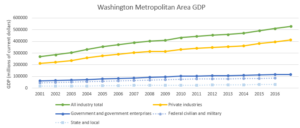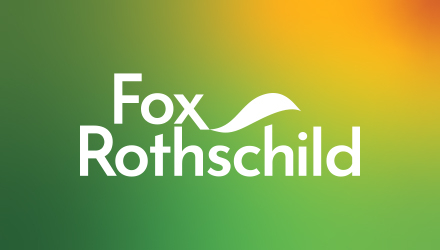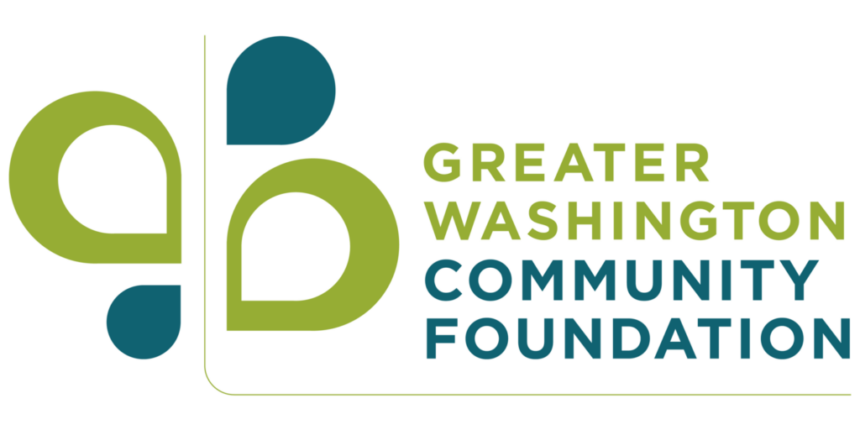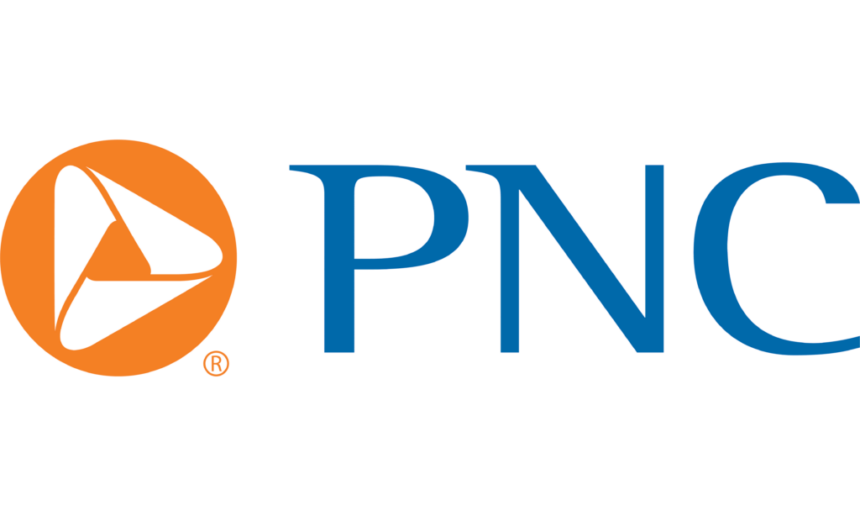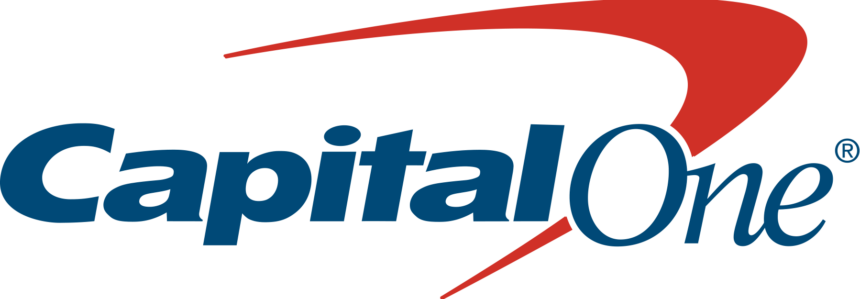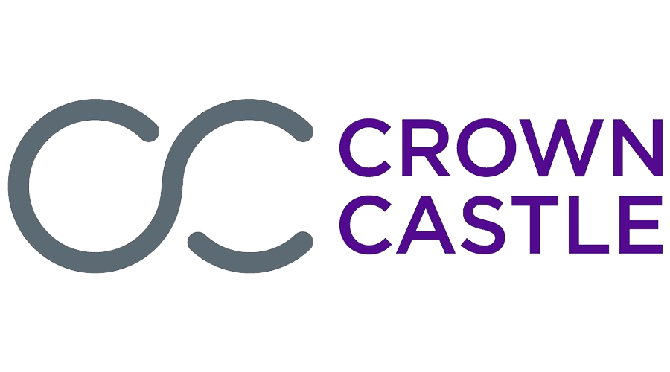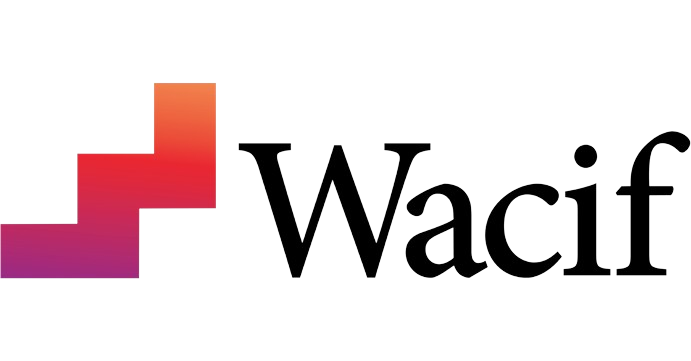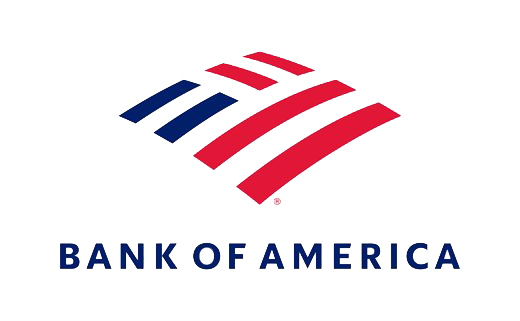The region’s transit agency will join the cross-sector effort to enable a trusted, secure, and inclusive “smart city” infrastructure for the public good.
WASHINGTON, D.C., April 16, 2019 – Today, the Washington Metropolitan Area Transit Authority (Metro) and the Greater Washington Board of Trade announced a strategic partnership to enable digital infrastructure and deploy smart technologies for the purpose of improving livability and driving inclusive economic growth. The announcement marks a significant milestone for the Greater Washington Smart Region Movement with Metro joining the Board of Trade, the Metropolitan Washington Council of Governments, and the Consortium of Universities of the Washington Metropolitan Area to collaborate on creating the nation’s leading digitally enabled region.
“Metro’s importance to our region’s success cannot be understated,” said Board of Trade President and CEO Jack McDougle. “We are very pleased to welcome them to the Greater Washington Smart Region Movement and know that together we can help our region confidently move ahead in a more digitally enabled society. It is increasingly clear that a strong digital infrastructure can improve mobility for everyone, in every neighborhood. We collectively see an opportunity to use smart technologies to make transportation more equitable, sustainable, efficient, and reliable.”
Metro and the Board of Trade have signed an agreement whereby they will work together to help move critical digital projects forward in our region. The framework being developed contemplates legal, policy, and regulatory elements; recognizes and augments projects currently underway; develops public awareness campaigns; and addresses other activities as defined by the Greater Washington Smart Region Movement.
“We are proud to be the first agency to sign on to this important effort to make the national capital region the most digitally enabled in the nation,” said Metro General Manager and CEO Paul J. Wiedefeld. “Just as our region has been a leader on so many fronts, I am confident that with shared goals, vision, and business and governmental leaders working together, we will set a new smart region standard. Metro has achieved many technology advancements that we look forward to building on regionwide.”
Technology investments are already improving the experience on Metrorail by enabling riders to stay connected in stations, on trains, and in many tunnels. Wireless data and cellular service is now available in more than 62 percent of tunnel segments, and free public Wi-Fi is available at all underground stations with plans to cover all aboveground stations by the end of the year. Metro is also installing transponders on every Metrobus to communicate with smart traffic signals that detect approaching transit vehicles and stay green longer. In addition, Metro has 15 bus routes in the District of Columbia that are expected to benefit from new “bus only” signals that give buses a green light ahead of other vehicles, improving safety and trip speed. These investments are establishing a foundation that encourages jurisdictions to expand smart transit solutions across the region, reduce travel times, and improve customer service.
As Metro looks to the future, it is embracing technology, data, and business intelligence to inform service decisions, make Metro faregates mobile ready, provide riders with real-time bus and train predictions, and enable the development of many third-party applications. Internally, technology-driven solutions are advancing Metro’s business and operations, creating a more efficient transit authority with more accurate financial analysis and oversight, performance measures, and supply-chain management that reduces inventory and delivery times. Advanced data analytics also enable Metro to improve service and operations by integrating various real-time data points to evaluate travel patterns, pinpoint crowding, and understand ridership trends.
The Board of Trade and its partners are now engaged in a comprehensive planning process over the next several months. Through this process, they are working with local jurisdictions and organizations to define the operations and governance structure needed to prioritize digital infrastructure and application projects, secure funding, attract investors and suppliers, and improve outcomes for citizens and visitors. These efforts will enable digital infrastructure and the deployment of smart technologies to drive inclusive economic growth; attract companies, talent, and investment to help diversify the economy; and improve daily life.
This ‘smart city’ initiative recognizes that life and commerce happen regionally in Greater Washington. When this initiative is designed and implemented responsibly, we can protect the uniqueness and integrity of our individual jurisdictions while enabling a common and durable digital infrastructure for all.
For more on the Greater Washington Smart Region Movement, visit www.boardoftrade.org/smart-region.
Press Contacts
Lindsey Longendyke
Communications Director
Greater Washington Board of Trade
(980) 322-9904
LindseyLongendyke@bot.org
Metro Media Relations
(202) 962-1051
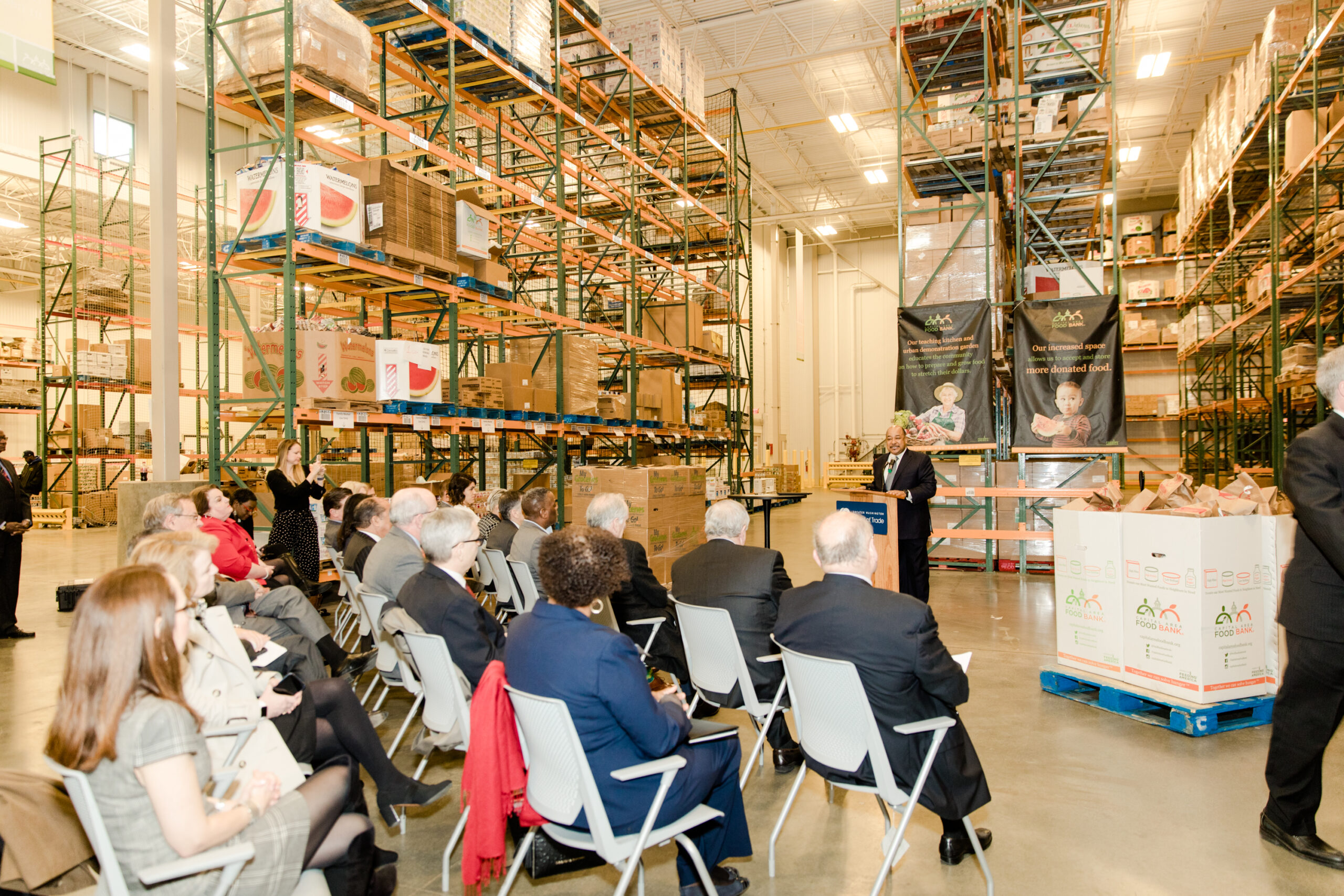
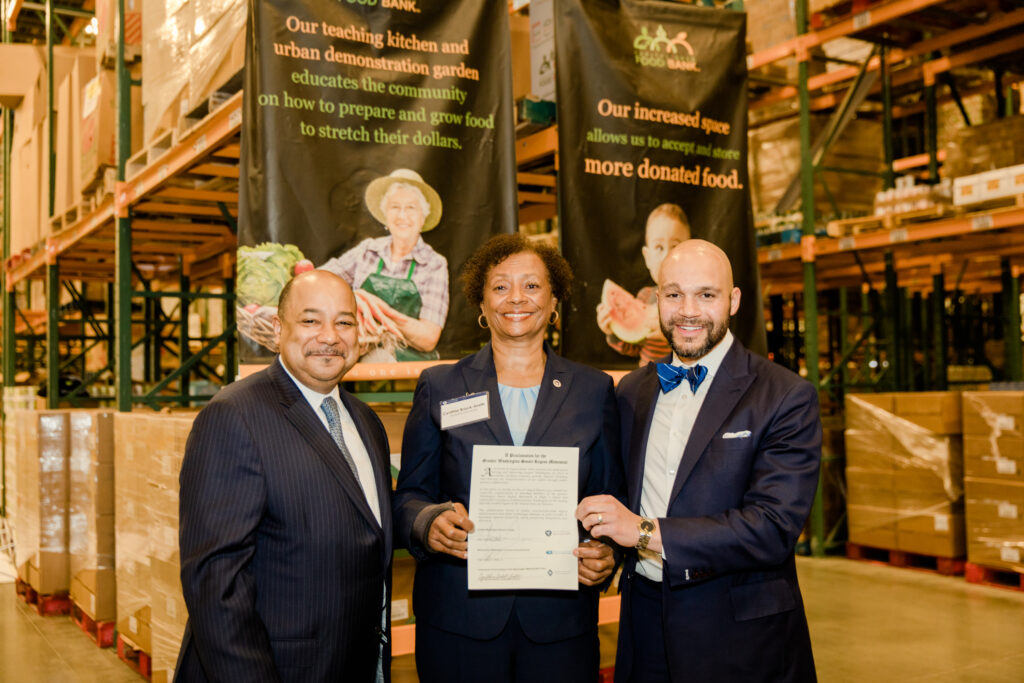
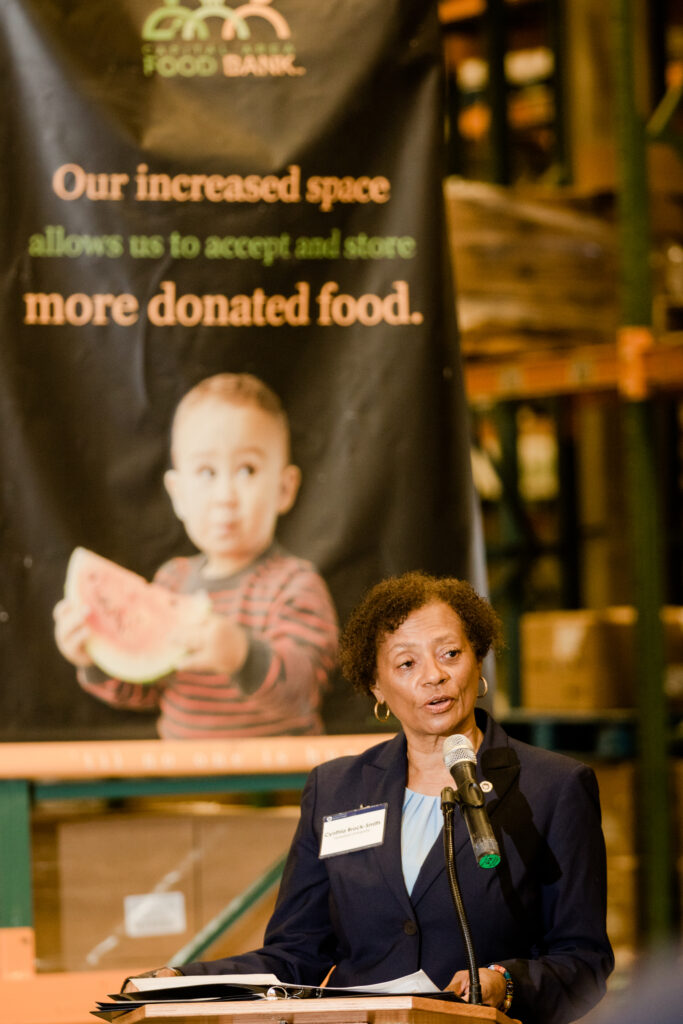
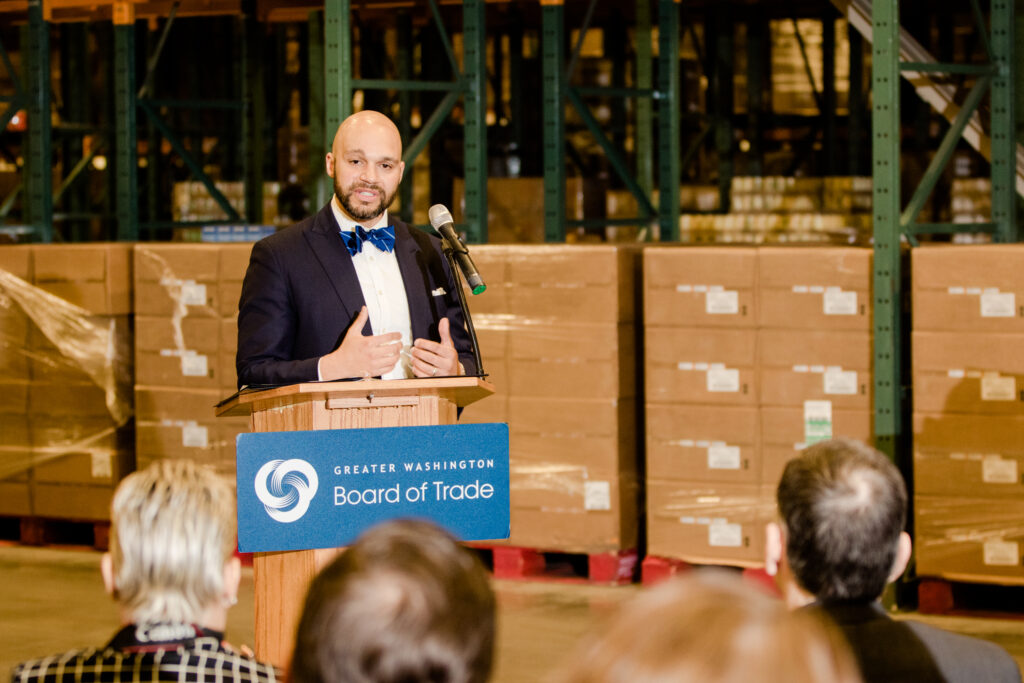
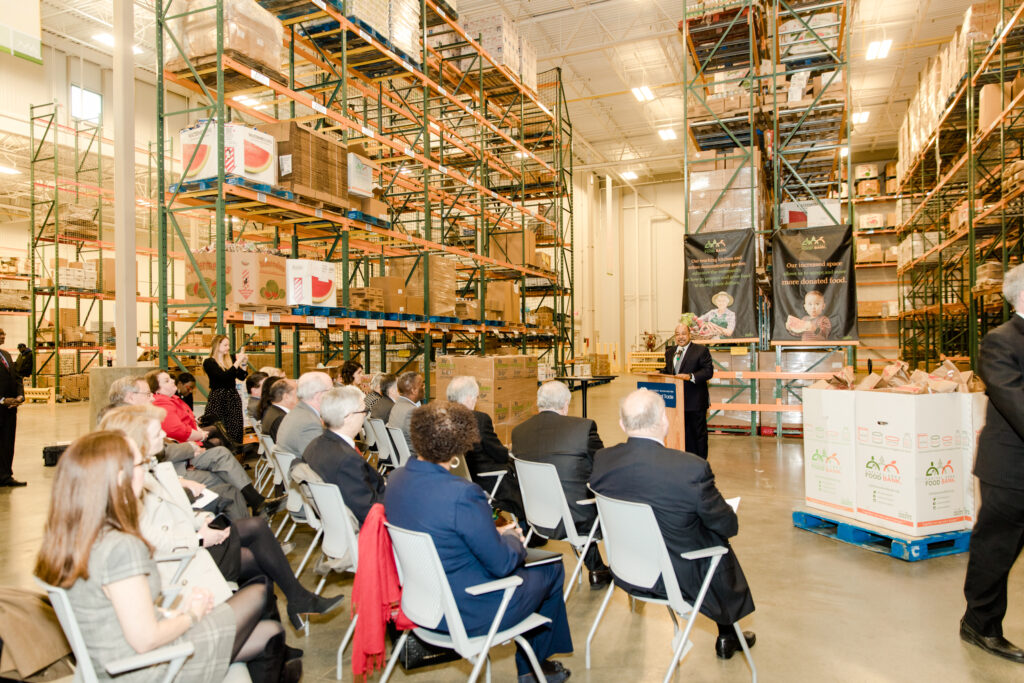
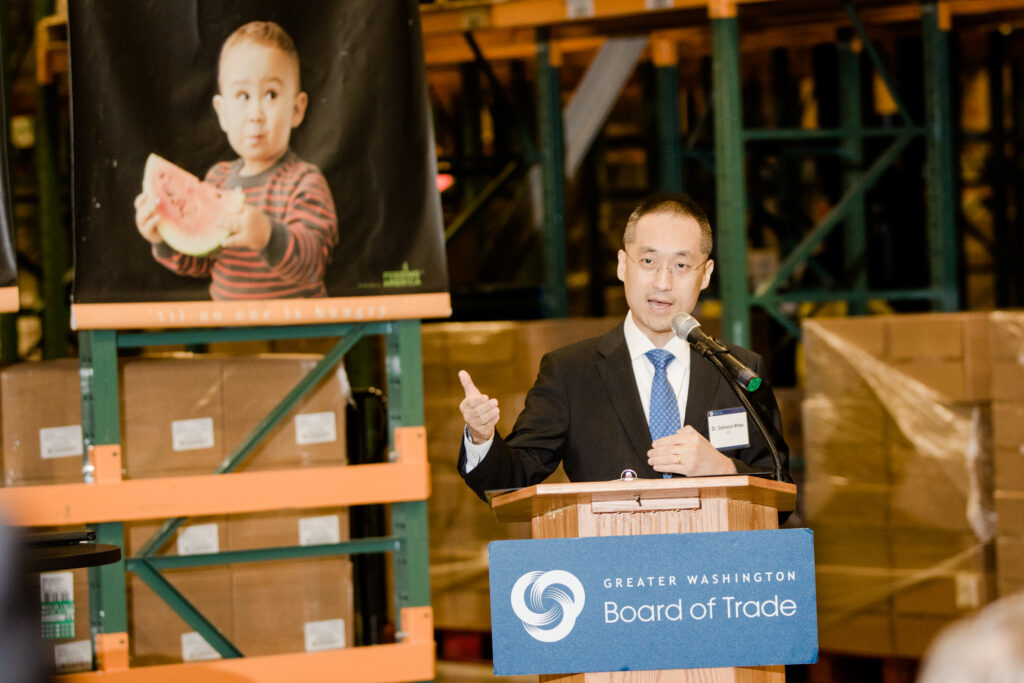

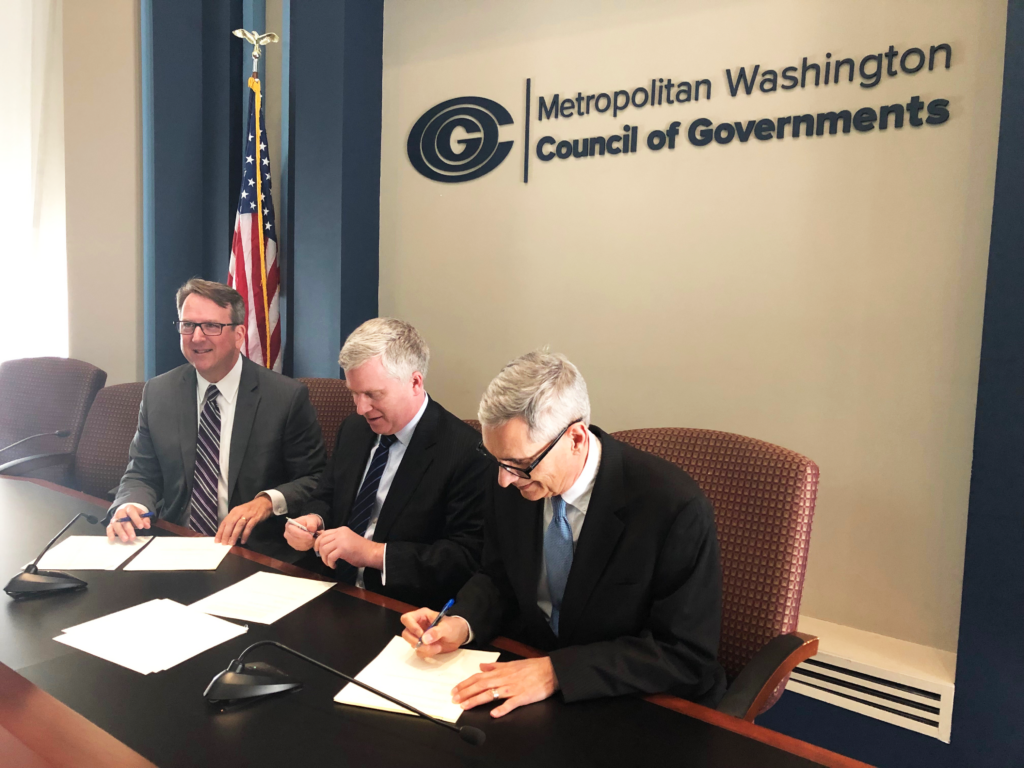
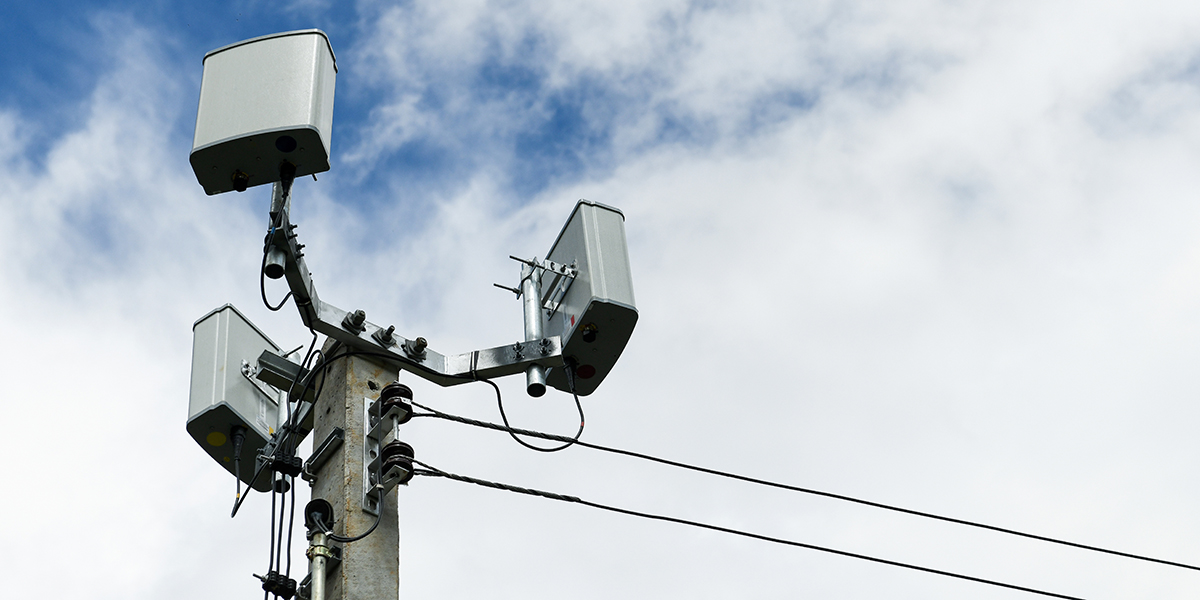
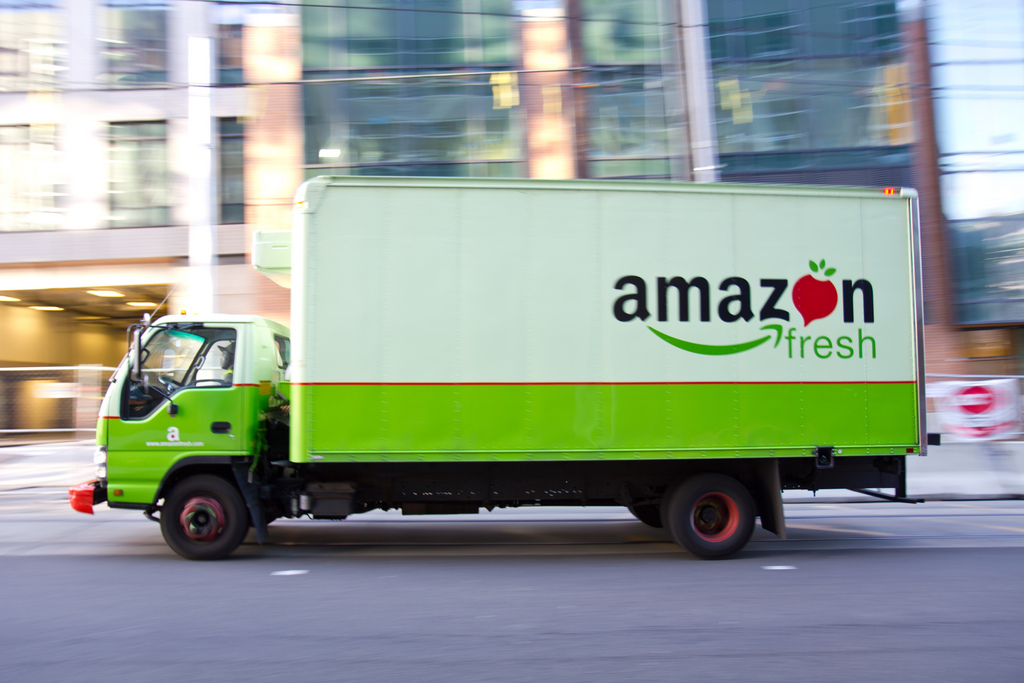
 Tom Touchet is the CEO of Smart City Media and a leading expert on how technology can revolutionize urban life. Tom’s long and impressive career in media includes producing NBC’s Today Show when it was the most profitable show in network television history and creating a New York City payphone pilot that Google recently valued as potentially more than a $100 billion market.
Tom Touchet is the CEO of Smart City Media and a leading expert on how technology can revolutionize urban life. Tom’s long and impressive career in media includes producing NBC’s Today Show when it was the most profitable show in network television history and creating a New York City payphone pilot that Google recently valued as potentially more than a $100 billion market.